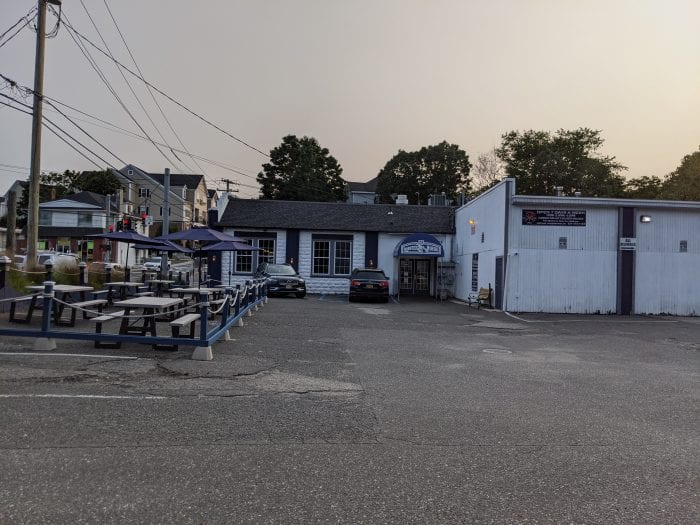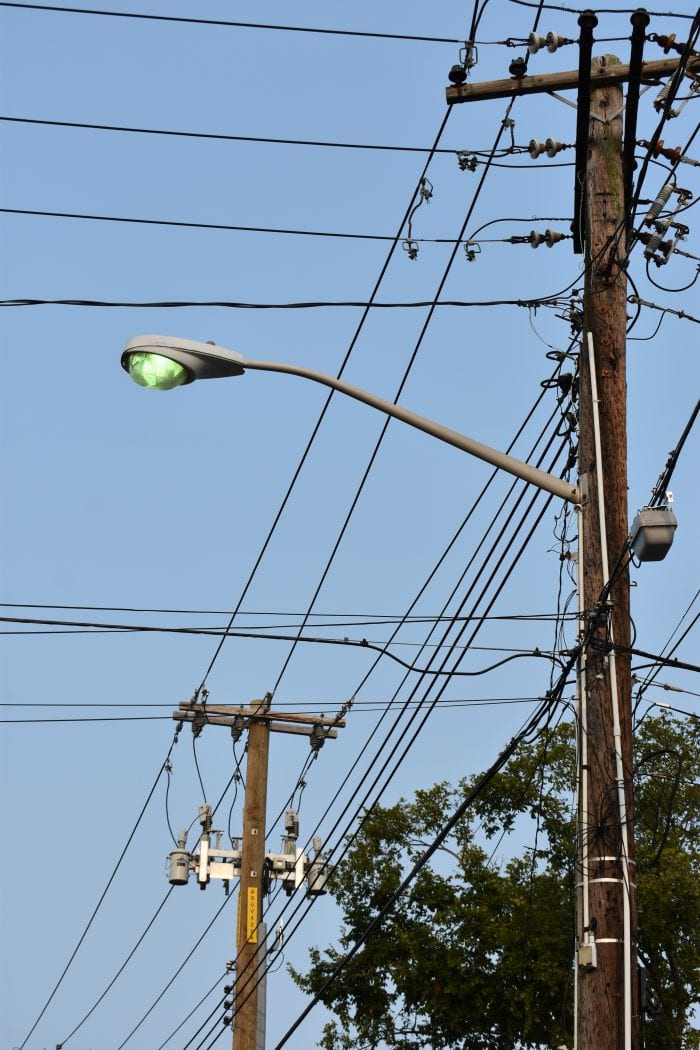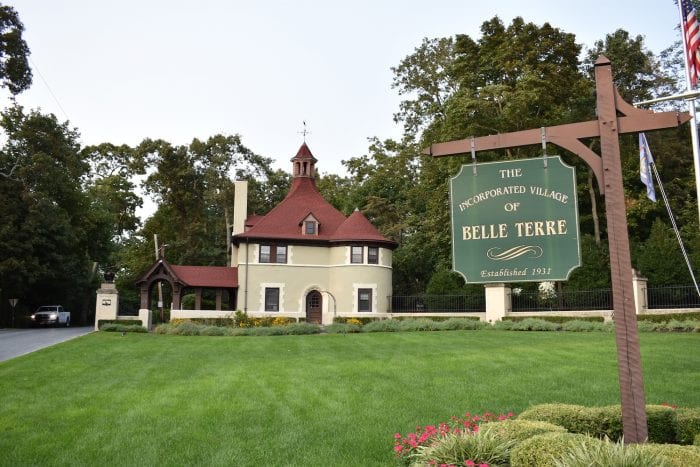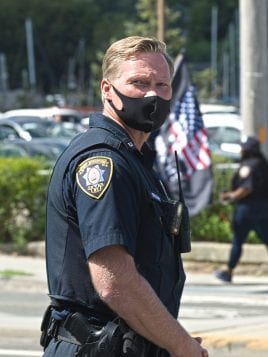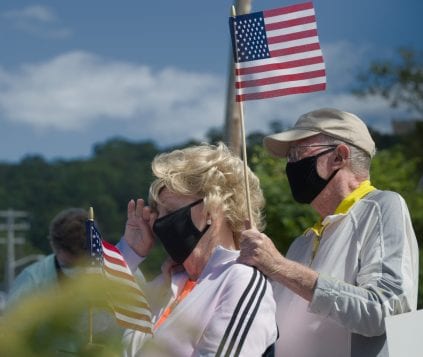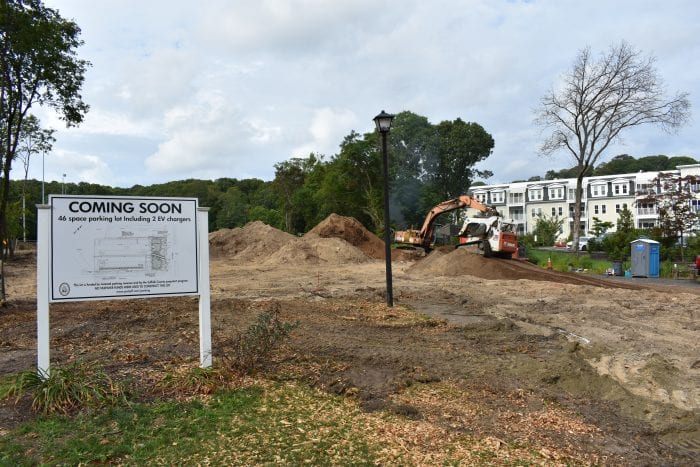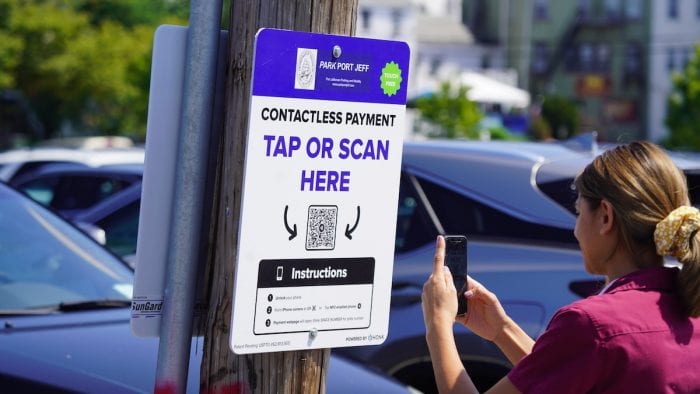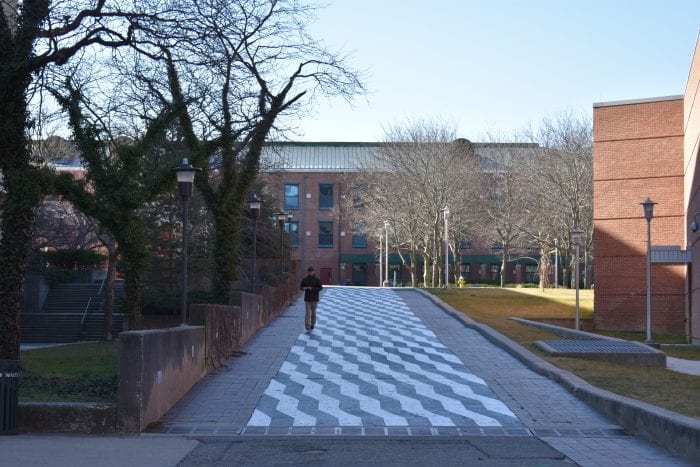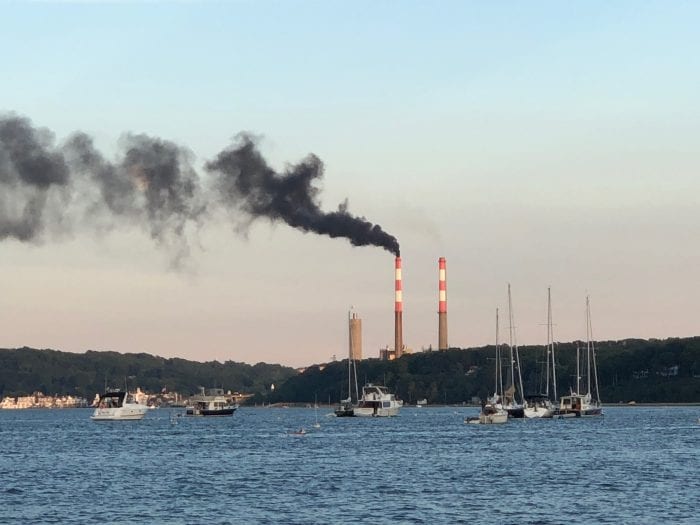Local restaurant owners have reached out to regional officials saying the New York State Liquor Authority inspections meant to determine if they’re complying with state mandates have become more than excessive, but actually damaging to their businesses.
‘I think they were making some restaurants sort of the poster children for: if you don’t comply, you face some significant penalties.’
—Kevin Law
A letter dated Aug. 24 saying just that was signed by Port Jefferson Village, Port Jeff chamber of commerce and BID leaders and sent to Kevin Law, president of the Long Island Association. It was also copied to County Executive Steve Bellone (D) and Cara Longworth, regional director of Empire State Development. Letter writers argued that the SLA inspections have put too much onus on restaurants when they’re barely struggling to get by.
“Please realize we totally agree that inspections need to take place and strive to have our
business owners here operate in full compliance,” the letter reads. “However, we are concerned that overemphasis is being put on our restaurants — rather than the bars that remain open after the kitchens are closed and continue to serve alcohol until 4 a.m.”
The letter further states that restaurant owners have seen groups of four come in at a time, usually around dinnertime, sometimes not showing ID, with one armed with a pistol and wearing a bulletproof vest.
James Luciano, the owner of PJ Lobster House, said he has personally seen SLA inspections come through five times within a 14-day period at about 7 p.m. each time. The agents, though courteous, informed him that they were not from the SLA but from a New York State Police task force. A group of men, one armed, strolling into an eating area when people are sitting down for dinner does not make a good impression on diners, he argued.
“I am not certain that is the perception that we want the general public to see,” Luciano said. “I stressed to them that this was borderline harassment.”
PJ Lobster House is not the only local bar or restaurant that’s experienced a heavy hand with inspections. One Junior’s Spycoast employee related seeing a massive number of inspections in just two weeks. Danfords Hotel & Marina has been previously cited for SLA violations July 4 as well, according to state documents.
Though he said he has not heard from the inspectors since just before the letter was sent, he and other business owners have experienced the stress of constant inspections.
New York State has, according to the latest numbers as of Aug. 28, suspended the liquor licenses for 168 businesses for not complying with COVID regulations, though the vast majority were businesses centered in the five New York City boroughs. Later, Gov. Andrew Cuomo (D) announced Sept. 7 that seven bars and restaurants in New York state had their licenses revoked. Five of those were from Suffolk County.
The number of inspections, however, has yet to slow down. The governor’s office announced SLA and New York State Police task force members visited 1,064 establishments just on Sept. 6. Per the governor’s near-daily reports, inspectors conduct at least several hundred inspections daily.
In order to carry out reopening and COVID guidelines enforcement, New York has been broken up into regional economic development councils. The local task force, or “control room” contains members of the LIA, Bellone, Nassau County Executive Laura Curran (D), among others. It is captained by Longworth.
It’s a balancing act, trying to keep businesses healthy while avoiding a resurgence of the virus that would surely shut these businesses down for good. LIA’s Law said he received Port Jeff Village’s letter and has brought it up to members of the control room, whom he said were entirely sympathetic to the issues restaurants were having. Law, who has been at the forefront of Long Island’s reopening plan from the start, said hearing that armed and armored individuals have helped conduct inspections concerned everyone sitting at their daily video control center meetings.
“It’s impossible for them to inspect every restaurant and bar, because there’s just so many of them, so I think they were making some restaurants sort of the poster children for: if you don’t comply, you face some significant penalties,” Law said. “I think it was important that word did get out there so some businesses would comply. We all know with every type of category with every business, you have good guys and you have a couple knuckleheads who don’t obey by the rules and they ruin it for others.”
He said he and others did appreciate the village officials’ idea of focusing more on inspections of bars open in the early morning hours instead of weekday dinner time.
Though at the same time, Law said he and the local control room are only really in advisory positions, and it would require change on the state level to truly impact the rate of current inspections.
Either way, restaurants still remain in a tough spot, and Luciano said he and so many others continue to struggle.
“Our landlords and vendors don’t take IOUs,” the PJ Lobster House owner said. “We’ve done everything that has been asked. The numbers are way lower than they were. It’s been over six months. We can’t hang on that much longer, we are on a sinking ship.”

